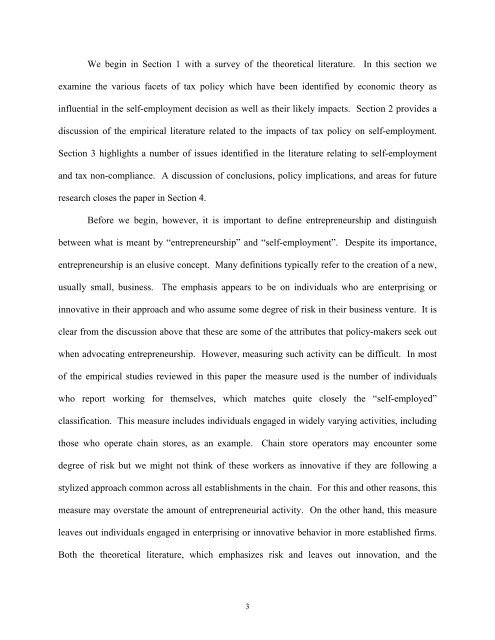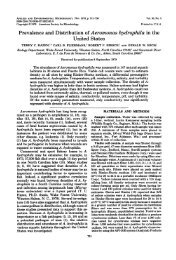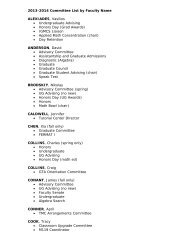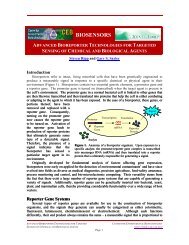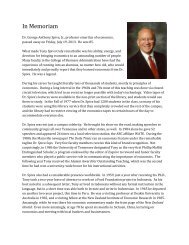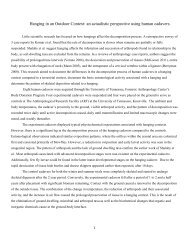Tax Policy and Entrepreneurship - University of Victoria
Tax Policy and Entrepreneurship - University of Victoria
Tax Policy and Entrepreneurship - University of Victoria
You also want an ePaper? Increase the reach of your titles
YUMPU automatically turns print PDFs into web optimized ePapers that Google loves.
We begin in Section 1 with a survey <strong>of</strong> the theoretical literature. In this section weexamine the various facets <strong>of</strong> tax policy which have been identified by economic theory asinfluential in the self-employment decision as well as their likely impacts. Section 2 provides adiscussion <strong>of</strong> the empirical literature related to the impacts <strong>of</strong> tax policy on self-employment.Section 3 highlights a number <strong>of</strong> issues identified in the literature relating to self-employment<strong>and</strong> tax non-compliance. A discussion <strong>of</strong> conclusions, policy implications, <strong>and</strong> areas for futureresearch closes the paper in Section 4.Before we begin, however, it is important to define entrepreneurship <strong>and</strong> distinguishbetween what is meant by “entrepreneurship” <strong>and</strong> “self-employment”. Despite its importance,entrepreneurship is an elusive concept. Many definitions typically refer to the creation <strong>of</strong> a new,usually small, business. The emphasis appears to be on individuals who are enterprising orinnovative in their approach <strong>and</strong> who assume some degree <strong>of</strong> risk in their business venture. It isclear from the discussion above that these are some <strong>of</strong> the attributes that policy-makers seek outwhen advocating entrepreneurship. However, measuring such activity can be difficult. In most<strong>of</strong> the empirical studies reviewed in this paper the measure used is the number <strong>of</strong> individualswho report working for themselves, which matches quite closely the “self-employed”classification. This measure includes individuals engaged in widely varying activities, includingthose who operate chain stores, as an example. Chain store operators may encounter somedegree <strong>of</strong> risk but we might not think <strong>of</strong> these workers as innovative if they are following astylized approach common across all establishments in the chain. For this <strong>and</strong> other reasons, thismeasure may overstate the amount <strong>of</strong> entrepreneurial activity. On the other h<strong>and</strong>, this measureleaves out individuals engaged in enterprising or innovative behavior in more established firms.Both the theoretical literature, which emphasizes risk <strong>and</strong> leaves out innovation, <strong>and</strong> the3


